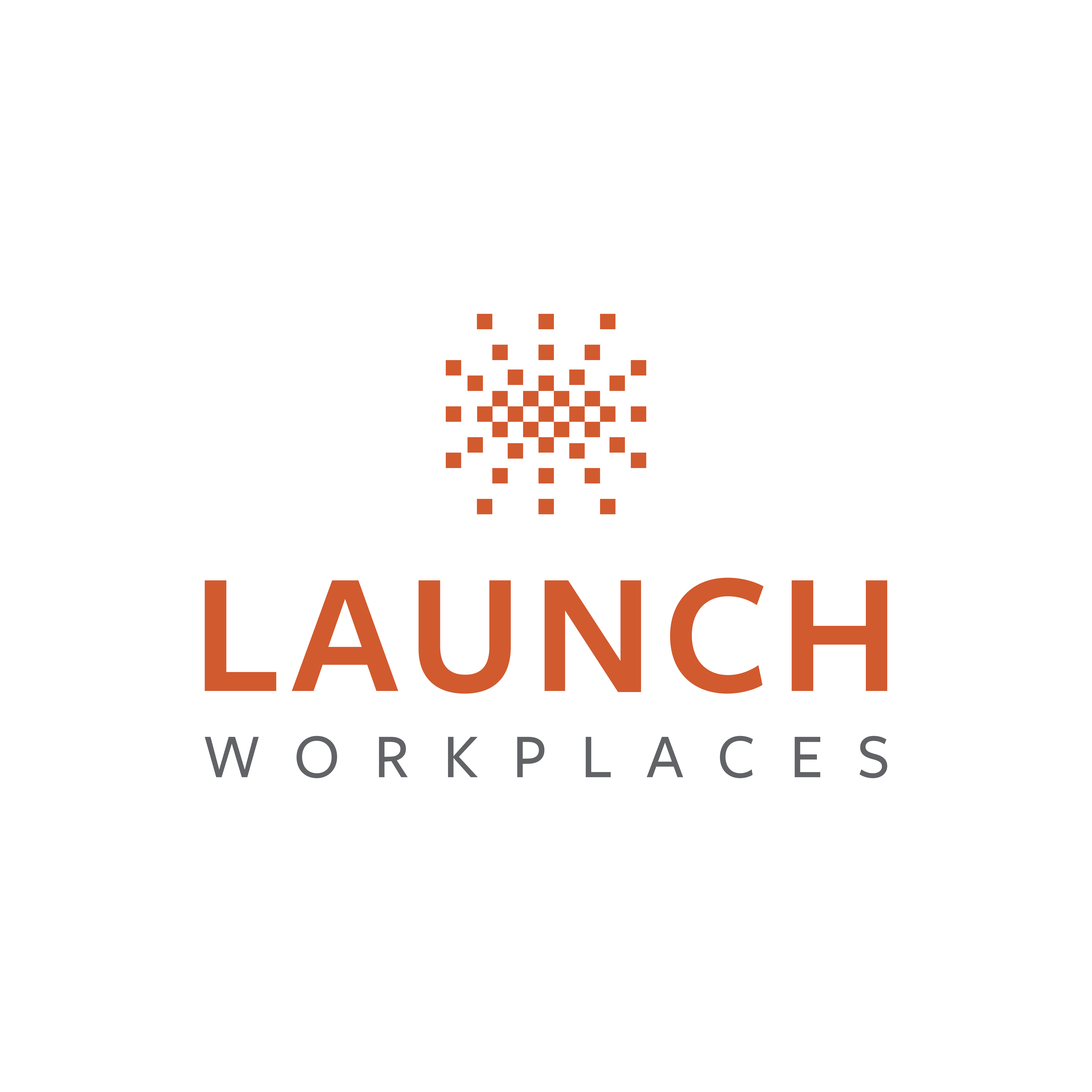Proponents of virtual work certainly make a great pitch: no traffic, no hassles, no shoes. And the trend is certainly taking hold. The number of people telecommuting rose 79% between 2005 and 2012. But while life without a commute or dress code sounds appealing, are we forfeiting our ability to be creative for a few superficial benefits?
A creative work life requires social relationships and serendipitous interactions. It requires contending with ideas you don’t agree with. It requires getting up and moving around. As a result, it’s becoming increasingly clear that for many people, working at an office isn’t a relic of a pre-digital age, but a vital element in reaching their creative potential.
Bumping into coworkers, chatting in hallways, sitting down over lunch, a day at the office results in dozens of interactions everyday. The result, shown both anecdotally and in statistics, is more creativity and greater effectiveness. For instance, in one study tracking the behaviors of a sales team of a pharmaceutical company, “when a salesperson increased interactions with coworkers on other teams . . . by 10%, his or her sales also grew by 10%.” Cross-functional, seemingly spontaneous interaction facilitated greater effectiveness on the part of workers–something that would not have been possible had sales representatives been working from their homes.
Innovation is strongest “when ideas can serendipitously connect and recombine with other ideas.” This is true of big cities, 17th century European coffeehouses, and yes, the office. Modern offices designed to fuel social interaction can be hives of activity and creativity.
In fact, if you email this article to a friend and use Gmail in the process, you’ll be taking advantage of the fruit of spontaneous interaction: Google credits meandering conversations over their free lunch program, intended to create “casual collisions” at work, with Gmail’s invention.
Being sedentary can also curtail our creativity. We all sit too much at work, but working in a home office can exacerbate those tendencies. Recent studies find that too much sitting puts people at a higher risk of cancer, diabetes, cardiovascular disease, and ultimately death—not to mention psychological symptoms of anxiety and depression.
But physical activity doesn’t only make you healthier; it directly makes you more creative. In one study, participants “treated” by an exercise scored higher on the Torrance test, a common measure of creative thinking. The physical activity necessitated by having an office to go to—whether it’s walking to work, or simply around the office—perhaps inspires creativity in part because it creates what psychologists call temporal and spatial distance: physical and temporal breaks that allow our minds to attack problems in new ways. It’s no secret, after all, that many of our best insights are formed in the shower or in the subway commuting to work.
Moreover, the solitude of a home office probably doesn’t make you happier or more engaged. The research has shown that if you want to increase your engagement and performance at work, there’s one thing to do that trumps almost everything else: make a close friend at the office. People with a best friend in the workplace are seven times as likely to report being engaged in their work. Likewise, people with at least three vital friends at work are 96% more likely to be satisfied with their lives.
In one study, researchers found that groups with strong pre-existing friendships performed better on projects requiring collaborative thinking than those who were only acquaintances. Why? Participants working with close friends were more committed to the project as a whole, gave more positive encouragement, and were more constructive and honest in their feedback—while mere acquaintances were less willing to seek help or have a robust discussion of their coworkers’ ideas. Over time, a true lack of robust exchange of ideas can stunt creativity.
Luckily, people do make friends in the office. 10% of Americans find their spouses at work or through co-workers, while one-third of Americans have met at least one of their closest friends at work. Forming those sorts of deep relationships can be next to impossible when working virtually.
Thankfully, employers with distributed teams, as well as freelancers, are thinking more and more about how to combine the flexibility of virtual work with the face-to-face interaction of a more traditional office. The solution is increasingly to have virtual teams work out of co-working spaces and social office locations around the country, allowing workers to base themselves where they need to be based, but still have meaningful social interactions throughout the day. In one survey of people who worked in co-working locations, 92% reported an increase in the size of their social circle since joining, while 80% reported an increase in the size of their business network. And most of all, because they are moving around more, surrounded by and interacting with other people, they’ll likely find themselves happier, healthier, and more creative.



